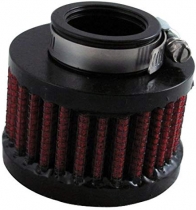-
Welcome to Tacoma World!
You are currently viewing as a guest! To get full-access, you need to register for a FREE account.
As a registered member, you’ll be able to:- Participate in all Tacoma discussion topics
- Communicate privately with other Tacoma owners from around the world
- Post your own photos in our Members Gallery
- Access all special features of the site
Diet Taco... trying to keep things light
Discussion in '2nd Gen. Builds (2005-2015)' started by DVexile, Jan 7, 2016.
Page 36 of 71
Page 36 of 71


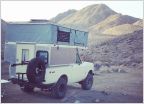 OverlaNERD's Home away from home
OverlaNERD's Home away from home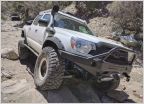 The Does Everything, but Sucks at Everything Build
The Does Everything, but Sucks at Everything Build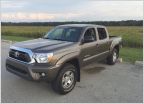 '15 pyrite mica, plans to mod
'15 pyrite mica, plans to mod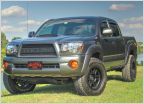 Pistol Pete's OkSt Edition Build
Pistol Pete's OkSt Edition Build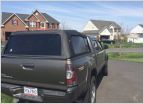 Matt's 2013 slow build
Matt's 2013 slow build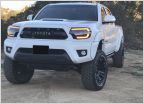 AdrenaliNate's Mod/Build Thread
AdrenaliNate's Mod/Build Thread












































